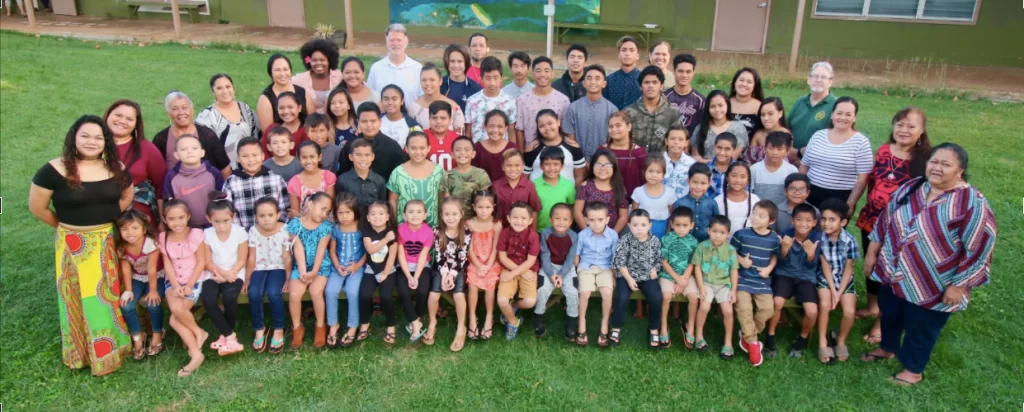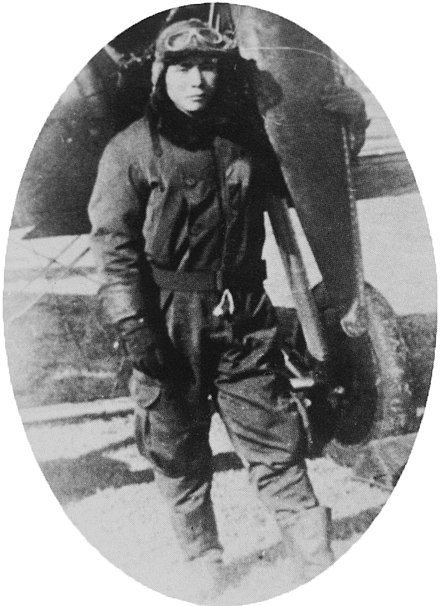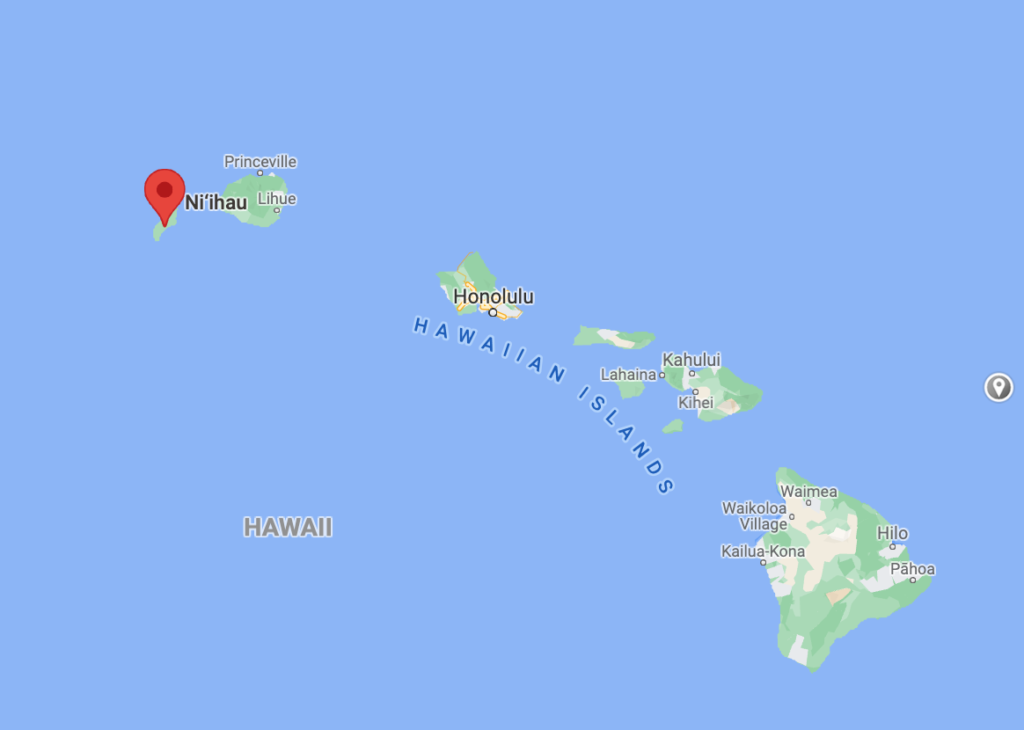There are seven occupied islands of the 136-ish in the Hawaiian archipelago.
First, what, 136?!? That’s an approximate number because one person’s island is another person’s just-some-rock. I’ve seen numbers range from a low of 120 up to 156.
But only six islands that are permanently occupied. Can you name them? Let’s see there’s Hawaii, Maui, Molokai, Lanai, Oahu, Kauai and, and…no, you don’t know the seventh (unless your name is Lola, she got it right away). You have not been there and it’s unlikely you or I will visit even if it is just 17 miles southwest of Kauai. This forgotten isle is named Niihau.

Old time Hawaiians did live there but perennial droughts prevented much vegetation. In 1778 Captain Cook reported that he circled the island and there was, “not a single tree in evidence.” The joint was considered to be of little value and in 1875 King Kamehameha V sold the island to Elizabeth Sinclair. Elizabeth was first offered Waikiki or Pearl Harbor for the same price (hey, I coulda bought Bitcoin at $20 instead I bought a pizza). Elizabeth thought that Niihua had potential and after she married a Robinson (or her daughter did, I’m unclear) the Robinson clan commenced a vigorous tree planting scheme which eventually resulted in more groundwater being retained so the island is fairly lush today.
Ironically, next door, Kauai has some of the highest rainfalls in the world. Mt. Waialeale, near the island’s center, is one of the wettest spots on earth, averaging more than 450 inches of rain per year. In 1982, a world record 683 inches of rain was recorded on the peak. In April 2018, Kauai set the record for the highest rainfall in the United States in a 24-hour period with 49.69 inches. Tie the cat down!

But Kauai blocks the clouds in such a fashion that it leaves Niihau in a rain shadow allowing the island a scant 17 inches a year.
It’s called the Forbidden Island because during a polio epidemic no one was allowed to go there. The locals are not allowed guns or liquor though you might get a permit to hunt wild sheep there and you can bring you own bottle.
Today Niihau hosts some 100 native Hawaiians and a few Robinsons as well as some folks who run a US Navy lookout station (watching for a Japanese invasion no doubt). The first language is Hawaiian and there are no roads and residents get around on bicycles or horses. They are entirely solar powered. Most of the income comes from the Navy base as 75% of the locals work there.

Here are a couple of political points of interest. In the last presidential election 69% of the citizens of the State of Hawaii voted for Biden. All the 34 on Niihau who voted in 2020 went for Trump. Maybe he promised them a hotel. The place would very different if another plan had come to fruition. In 1934 Franklin Roosevelt visited Hawaii. He was told that this island was nearly devoid of people so he suggested that the United Nations set up headquarters there. FDR had a great many good ideas in his time. This was not one of them.
The only other noteworthy thing that has happened there is that one of the Japanese Zero bombers from the Pearl Harbor attack crash-landed on the island. The Japanese had planned to rescue disabled pilots who might ditch on the island and a submarine was standing by…somewhere.

The pilot had the good luck to be taken in by a Hawaiian family of Japanese descent and they threw him a luau. No one on the island had any idea that WWII had commenced earlier that day. Once the news came ashore, the pilot seized an islander’s guns and ran for the woods (because there were now woods). Those who were not of Japanese descent hunted him down and beat his head in with a rock and slit his throat.
The immediate assistance rendered to this pilot was cited as a principal reason for the subsequent internment of Japanese on the mainland. A 2019 film is available but I couldn’t even finish the trailer. They lost me at second 59 but I’m sure it was a big hit on the island.
It seems even more unlikely than ever that the UN headquarters will be coming.




